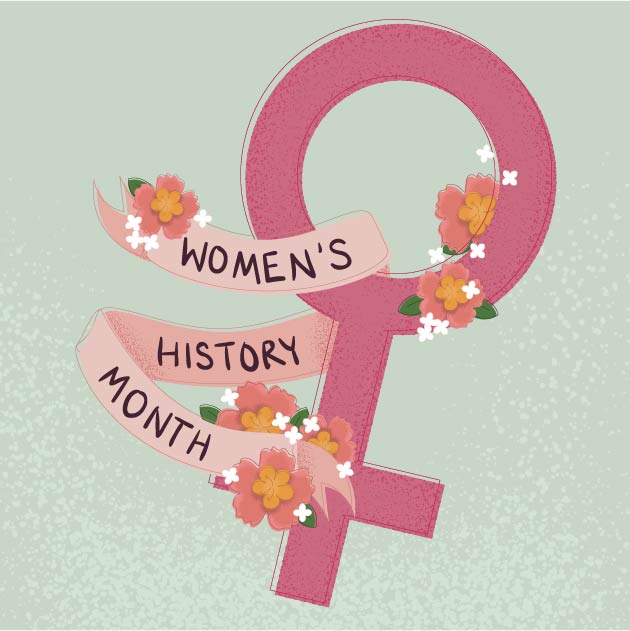
When someone talks about women’s suffrage, we only talk about what it looked like in the early 1900s. No one talks about modern women’s suffrage.
It feels like we are constantly talking about the past, pretending that women do not suffer in today’s society.
When discussing Women’s History Month, people do not discuss what women go through today. Instead, people think of a time when women were not even allowed to wear pants because it was too masculine.
It does not mean you should never talk about the past at all. On the contrary, talking about history helps others understand what troubles someone goes through.
However, it is different when somebody only discusses history. For instance, it is essential to discuss how women’s history month came to be.
It all started on February 28, 1909. This day was the first-ever Women’s History Day. This event was held in New York City. It was planned on this day because it was the first anniversary of the garment worker’s strikes.
These strikes were significant because the immigrant women had terrible work conditions in these garment factories. So the women needed to take a stand to get better working conditions.
It is important to note that women were only allowed to have jobs related to clothing. So women were tailors, laundry cleaners and many more clothing-related jobs.
This assumption occurred because society viewed women as homemakers. So the workers at this garment factory were not given a safe working environment, and this was their livelihood because jobs for women were not what they are today.
Women’s history month officially became a month in 1987—women’s history organizations like the National Women’s History Alliance campaigned every year for people to recognize Women’s history week. By 1986, fourteen states campaigned for a month dedicated to women’s history.
It is essential to talk about the past, primarily to educate those who do not know or understand a subject in history. In addition, it creates awareness to those in ignorance regarding a struggle different people have faced throughout history.
It is another thing if a person only discusses the past. For example, for Women’s History Month, people talk about when women were not allowed to vote or choose what they wanted to do with their bodies during pregnancy.
Women still have problems in society today, and if people keep focusing on the past, there is no room to fix the present.
For decades women were placed in the back seat of society. In a way, this is still happening today.
Women’s history month should show the different struggles we face today instead of just the past.
For example, do people talk about how our culture puts women against impossible beauty standards?
Women’s history month should start talking about what women’s suffrage looks like today. Sure we have more choices than we did in the past.
However, women are still put under several expectations, and if we fail to meet these, we are considered useless to society.
Women’s History Month is an important month to educate those who do not know much about women’s suffrage. But people need to think about modern women’s suffrage instead of stuff that happened in the past.
Sure, retelling history is essential to educate others. Still, it is crucial to inform people who do not understand the modern things women through.
